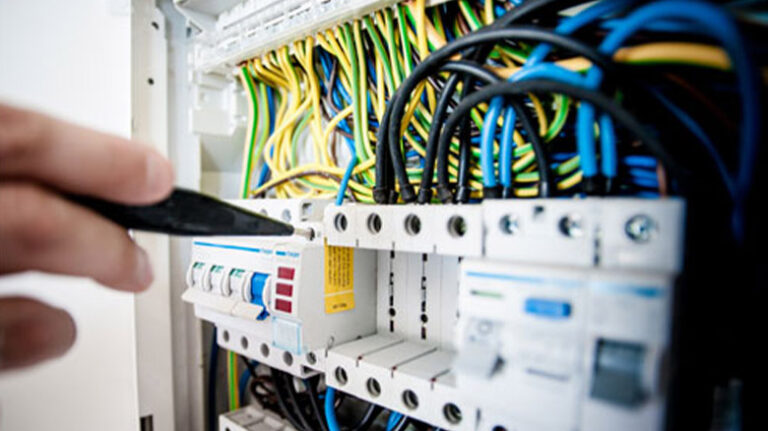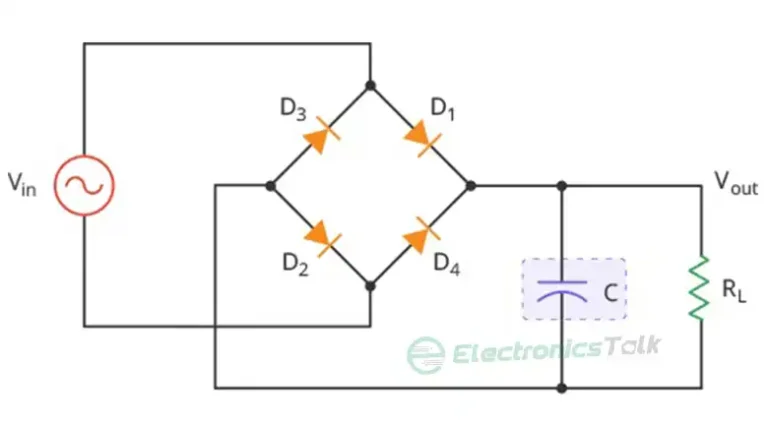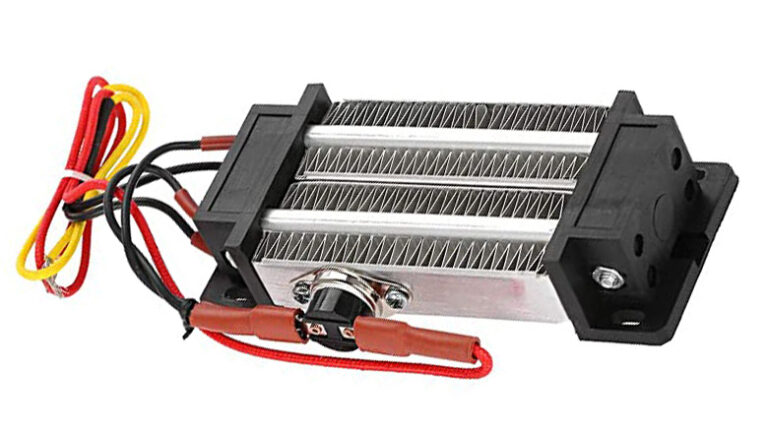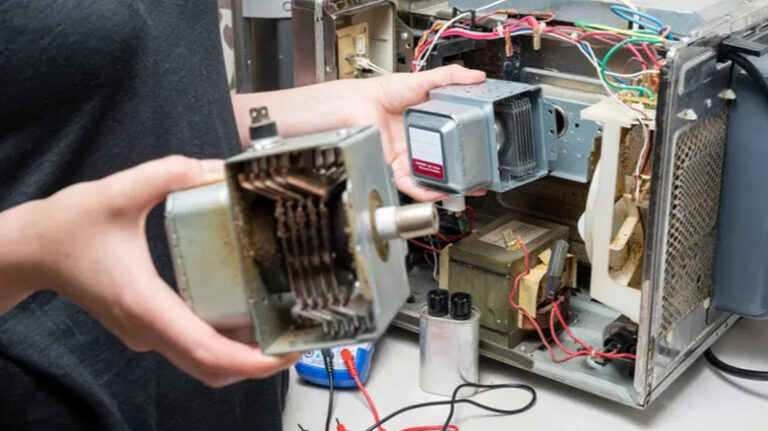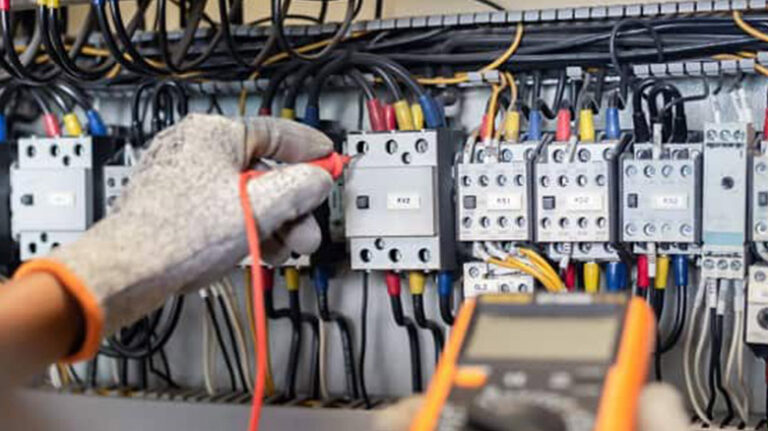Line vs Load GFCI | How to Differentiate?
The “load” wires are the outgoing power that passes down the circuit to the next outlet, while the line wires that are attached to the receptacle are the entering power from the breaker box.
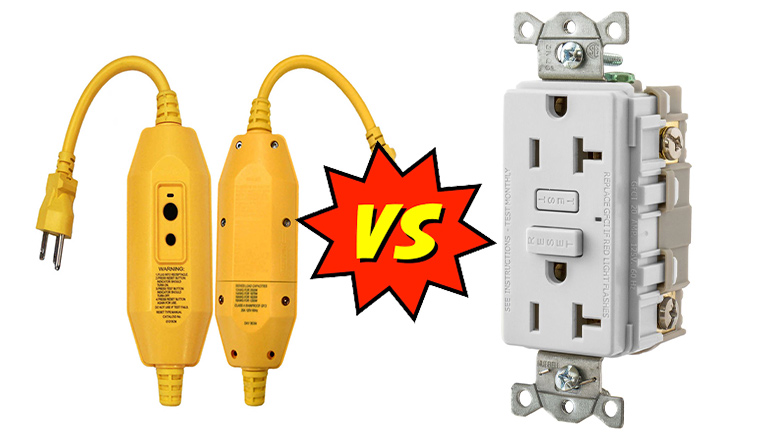
For connecting wires, GFCIs contains two sets of screw terminals: one designated LINE and the other marked LOAD. When the line terminals are connected, the outlet only provides GFCI protection for that outlet. Additional conventional outlets downstream on the same circuit can be connected by connecting the line and load terminals.
Difference Between ‘Line vs Load GFCI’
The ground-fault circuit interrupter, or GFCI, is a rapid circuit breaker that may cut off electric power in as little as 1/40 of a second in the case of a ground fault. To comprehend line vs. load wires in GFCIs, we must first comprehend the line and load wire concept in electrical wiring.
If we consider a building wiring system, we can state that electricity enters the building through line connections from the utility panel and then travels through load wires to each device. These load wires relate to the line wires for these devices from the standpoint of these devices.
Differentiating ‘Line and Load Wire in GFCI’
GFCIs typically has two terminals. The line and load terminals are also marked in GFCIs. However, there are various signs that may be used to identify the line and load wires.
Position of Wires
The connection of the line wires to an electrical switch is usually made from the bottom. The load cables enter from above.
Color of Wires
The line wires are often black, whereas the load wires are typically red.
Size of Wires
The amount of power carried by a line wire is usually more than that carried by a load wire. Lineside wires are therefore often longer than load-side cables.
Line or Load with a GFCI Connection
All GFCI outlet installations require a line connection. The circuit’s hot wire which is usually black-colored connects to the LINE screw terminal, which is black or brass-colored. The white neutral wire is connected to the LINE screw terminal, which is silver in color.
Two wires in the GFCI’s electrical box are required to use the load connection. The line cable, which connects to the GFCI’s LINE terminals, is one instance. The other cable connects to the LOAD terminals to deliver power downstream to additional outlets and circuit devices.
What Happens if I Switch Lines and Load on GFCI?
The electricity cannot flow through a GFCI because of the reversed polarity. Because electricity is always coming out of the socket, this is unsafe. It makes no difference whether the linked appliance is turned off. It will startle anyone if users mishandle that device since they believe it is turned off and hence safe.
Difference Between a GFCI Outlet and a Regular Outlet
In actuality, there is no functional difference between a regular outlet and a GFCI outlet. The biggest distinction may be seen in their names.
Frequently Asked Questions
What happens if there is no GFCI?
GFCIs are used to protect against deadly shock and serious accidents. But without GFCI the connection will be deadly. For example, If an appliance was plugged in and fell into the water without a GFCI outlet, the electricity would pass through the water and inflict a fatal shock.
Conclusion
The line terminal and load terminal are the two terminals in a GFCI. The main distinction between line and load wires is that line wires carry electricity from the breaker box to the circuit, whilst load wires carry it to the next outlet or devices on the same circuit.

